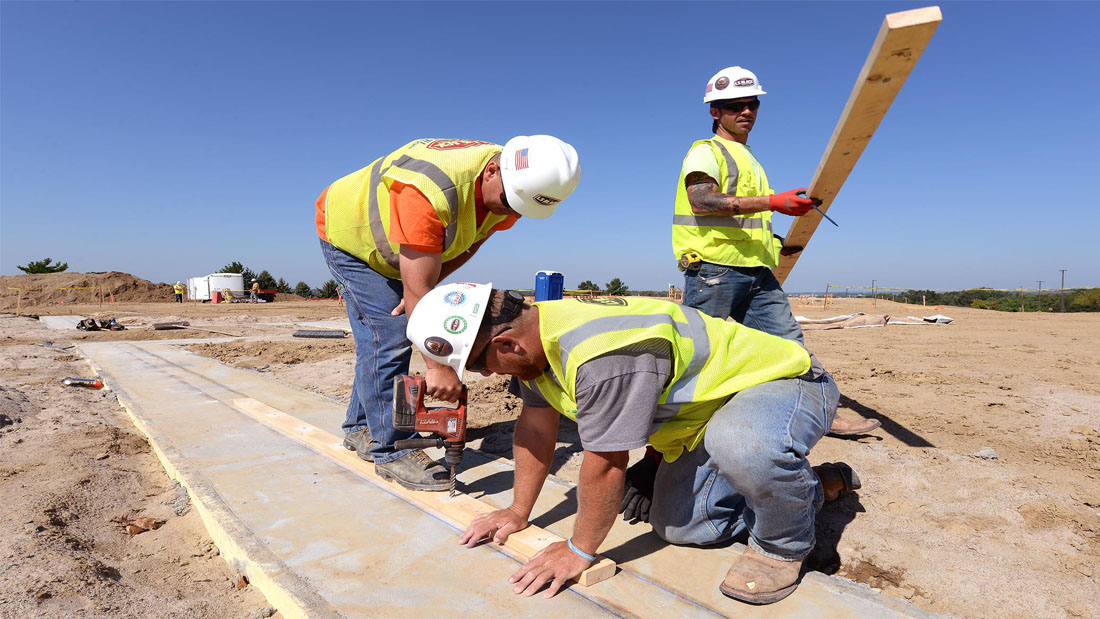
Working in the sun can be enjoyable and do wonders for our mood; however, too much sun can be harmful to health in the short term and long term. A suntan may give us a ‘healthy glow’ but it is actually a sign of damaged skin, caused by ultraviolet rays in sunlight. If you or your employees earn a living outdoors, it is important to consider the ways in which skin damage can be reduced as much as possible.
What are the dangers?
Sunburn can blister your skin resulting in it peeling. Even a slight reddening is a sign of skin damage. Sunburn can cause discomfort when wearing certain clothes and generally moving around. In the long term, too much sun will speed up the ageing process making it leathery, mottled and wrinkled, most importantly there is an increased risk of developing skin cancer. Skin cancer is now one of the most common cancers in the UK with approx. 116,000 new cases reported annually. You don’t necessarily have to be a regular sunbed user or holiday-maker to get skin cancer; it is still possible from working outdoors in the UK, even on a cloudy day
Did you know?
Five outdoor workers are diagnosed with skin cancer every day in the UK, yet 90% of skin cancer deaths could be prevented if exposure to UV rays were controlled. On an overcast day 30-40% of UV radiation will still penetrate through the clouds. If half the sky is covered in clouds, 80% of UV radiation still gets through.
Who is most at risk?
Everyone should take care in the sun; however risk of skin damage and skin cancer is higher if you have:
- Pale, fair or freckled skin that doesn’t tan, goes red or burns before it tans
- Red or fair hair and light coloured eyes
- A large number of moles
Any employees who regularly work outdoors have a higher risk of experiencing sun damage, hence increasing their risk of skin cancer. Most common workers at risk are:
- Construction workers
- Gardeners
- Outdoor activity workers
- Public service worker
How can employers reduce risks for their employees?
If you are an employer or manager responsible for people whose work keeps them outside for most of the day, consider how you can reduce the health risks:
- Include sun protection advice in regular health and safety training and ensure workers are aware that a tan is not healthy but actually a sign of sun damage
- Encourage workers to keep covered during the summer months, particularly around midday when the sun is strongest and hottest. A long sleeved top and a hat with a brim is advisable as it protects the ears and neck which are regularly exposed to the sun.
- Encourage workers to use suncream of at least SPF 15 on parts of the body that are exposed to the sun that can’t be covered up and regularly check for new moles or moles that have changed.
- Encourage workers to take their breaks in the shade where possible rather than staying in the sun for more time than is necessary.
- If possible, try to schedule working shifts to minimise exposure e.g in the morning before lunch or late afternoon when the sun isn’t as strong and rotate workers where possible.
- Ensure your workers are informed about the dangers of working in the sun and the risks it can have to health
- Encourage workers to drink plenty of water to stay hydrated when working in the sun.
If you work outdoors or have employees who regularly work in the sun and want to help reduce risks of sun exposure, contact us now.
